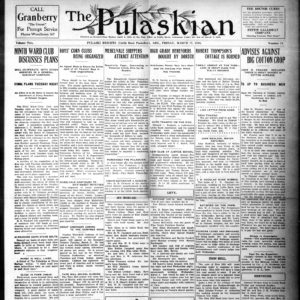 Pulaskian
Pulaskian
Entry Category: Pulaski
 Pulaskian
Pulaskian
 Riverfront Park
Riverfront Park
 Riverfront Park Gazebo
Riverfront Park Gazebo
 Riverfront Park Mural
Riverfront Park Mural
Roland (Pulaski County)
 Rose Law Firm
Rose Law Firm
Scott (Pulaski and Lonoke Counties)
 Scott Depot
Scott Depot
Sherwood (Pulaski County)
 Sperindio Hotel
Sperindio Hotel
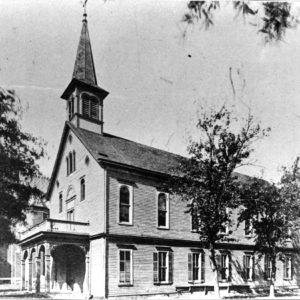 St. Edward Catholic Church
St. Edward Catholic Church
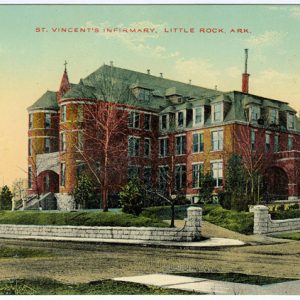 St. Vincent Infirmary
St. Vincent Infirmary
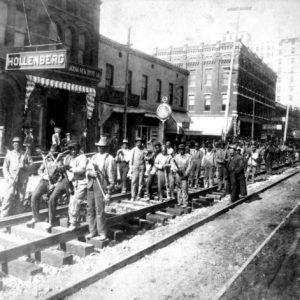 Streetcar Track Layers
Streetcar Track Layers
 Tommy Swaim
Tommy Swaim
Sweet Home (Pulaski County)
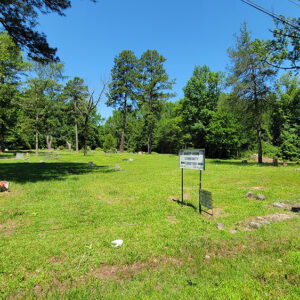 Sweet Home Cemetery
Sweet Home Cemetery
 Sweet Home Post Office
Sweet Home Post Office
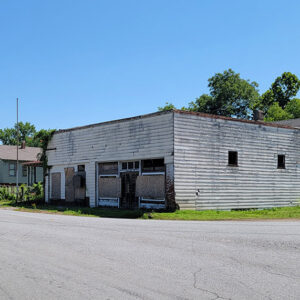 Sweet Home Street Scene
Sweet Home Street Scene
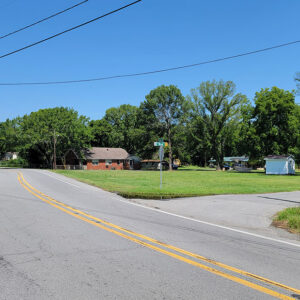 Sweet Home Street Scene
Sweet Home Street Scene
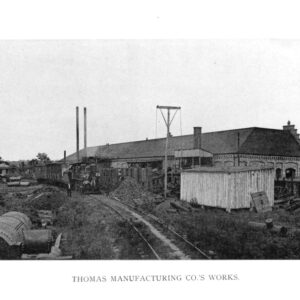 Thomas Manufacturing
Thomas Manufacturing
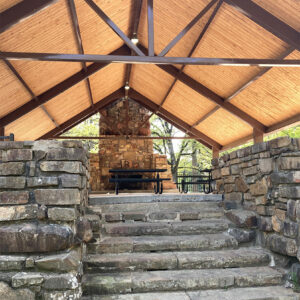 Union Park Shelter
Union Park Shelter
 Union Park Shelter
Union Park Shelter
 Union Park Shelter
Union Park Shelter
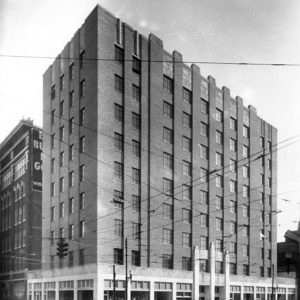 Wallace Building
Wallace Building
 Washington Avenue
Washington Avenue
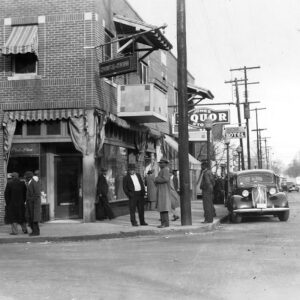 West Ninth Street
West Ninth Street
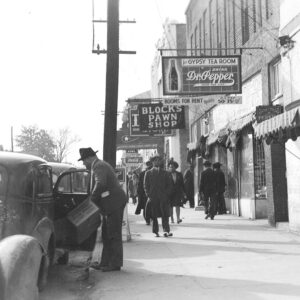 West Ninth Street
West Ninth Street
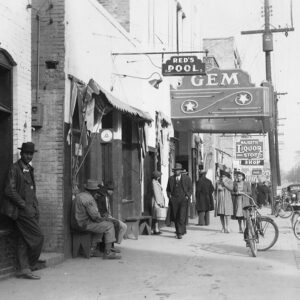 West Ninth Street
West Ninth Street
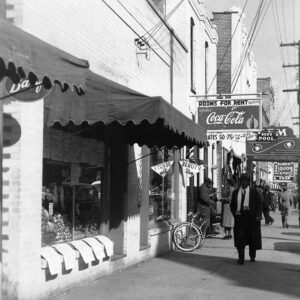 West Ninth Street
West Ninth Street
West Ninth Street (Little Rock)
aka: West 9th Street
Woodson (Pulaski County)
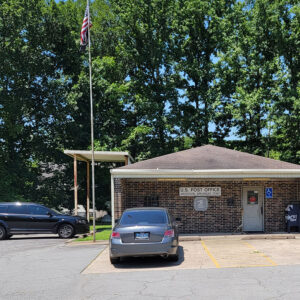 Woodson Post Office
Woodson Post Office
 Woodson Street Scene
Woodson Street Scene
 Woodson-Hensley Water Tower
Woodson-Hensley Water Tower
Wrightsville (Pulaski County)
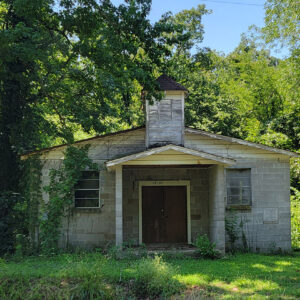 Wrightsville AME Church
Wrightsville AME Church
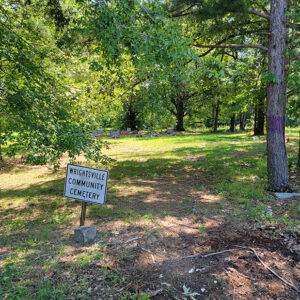 Wrightsville Cemetery
Wrightsville Cemetery
 Wrightsville Church
Wrightsville Church
 Wrightsville Church
Wrightsville Church
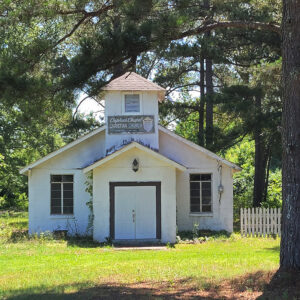 Wrightsville Church
Wrightsville Church
 Wrightsville Fire Department
Wrightsville Fire Department
 Wrightsville Municipal Buildings
Wrightsville Municipal Buildings
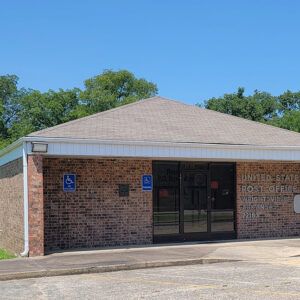 Wrightsville Post Office
Wrightsville Post Office
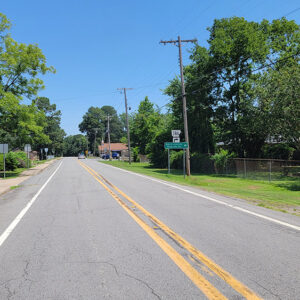 Wrightsville Street Scene
Wrightsville Street Scene




